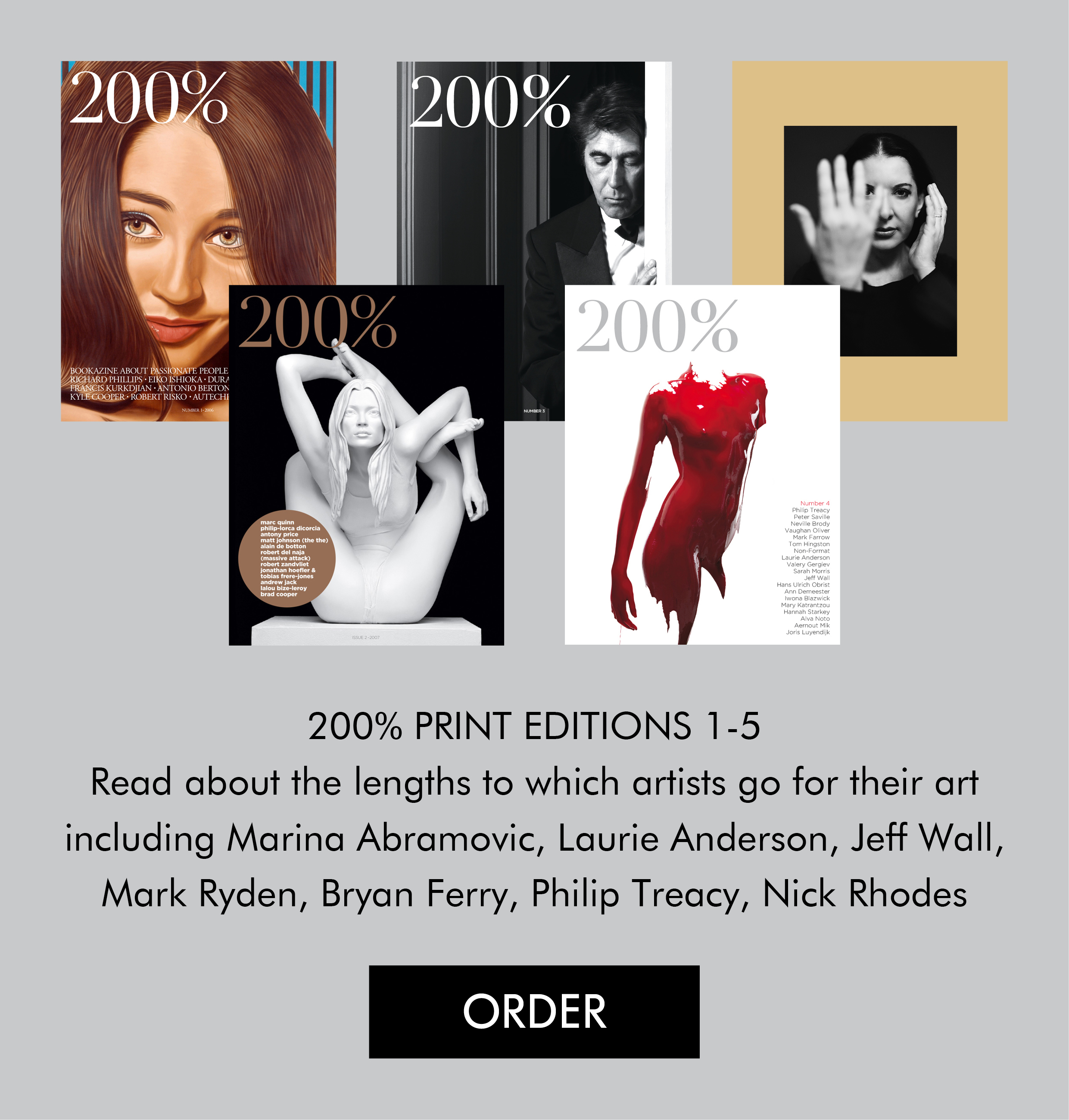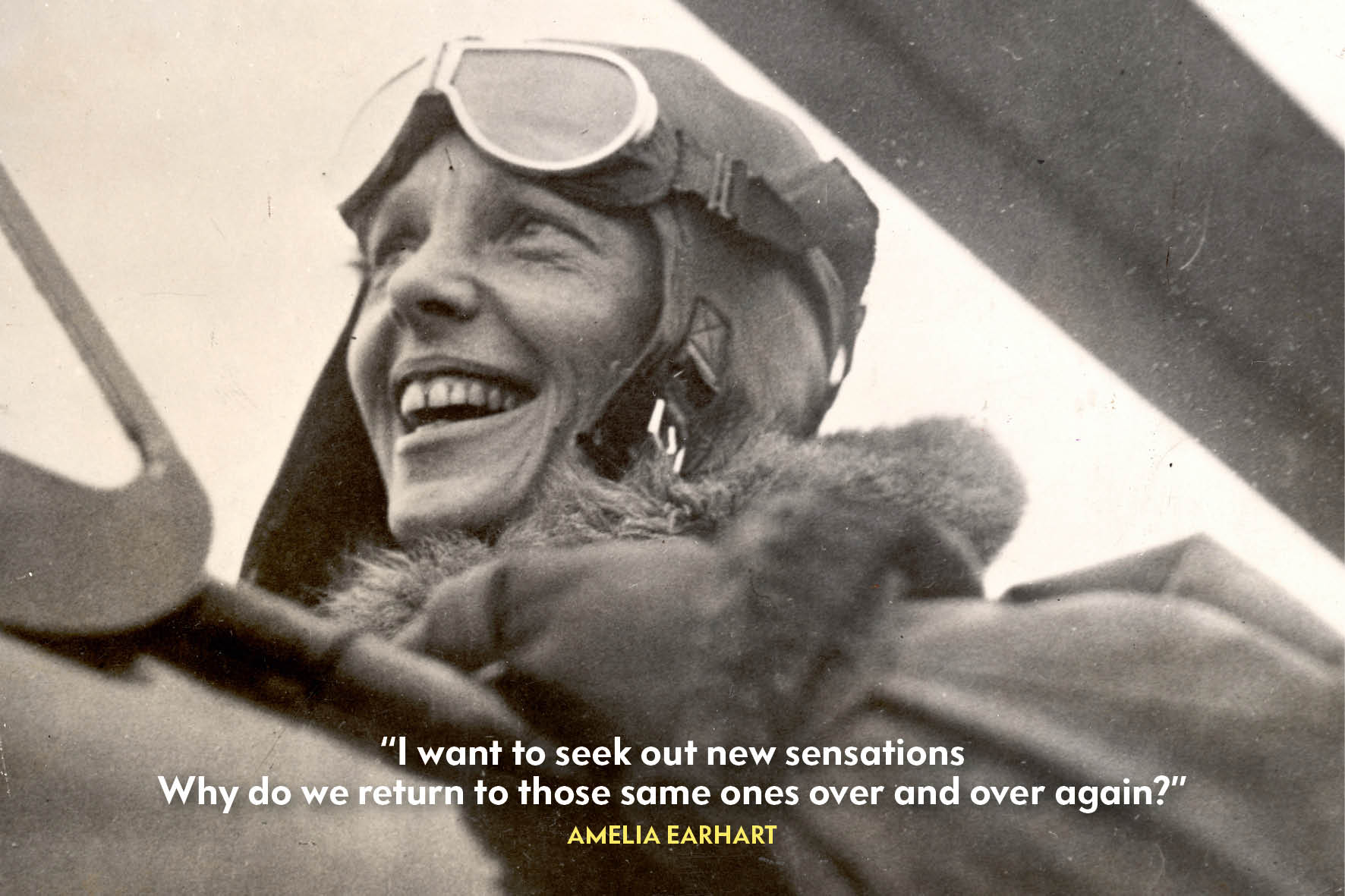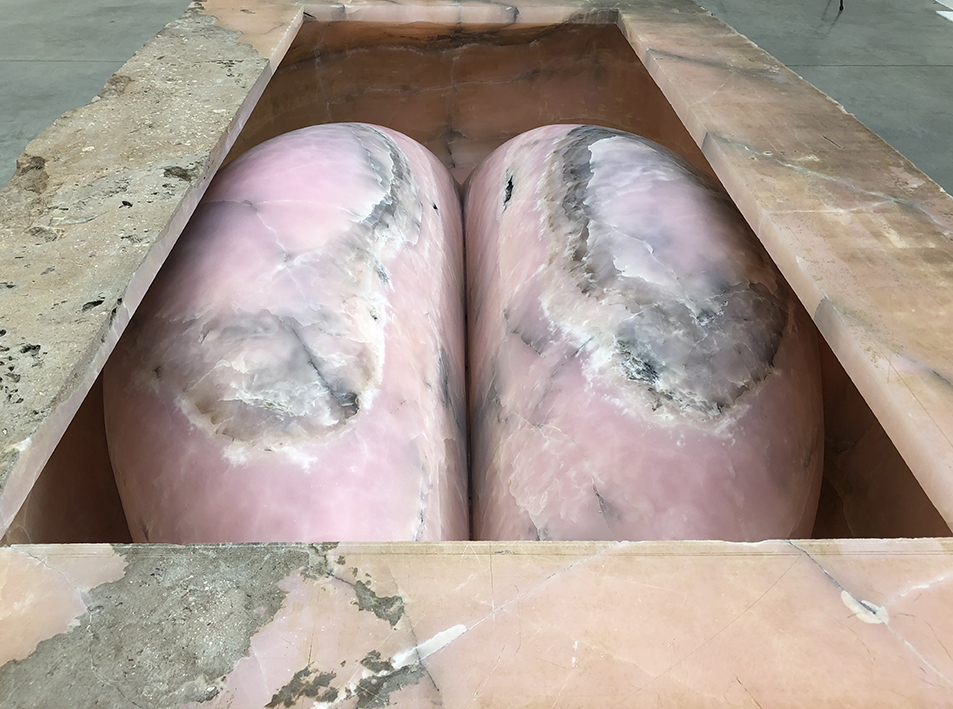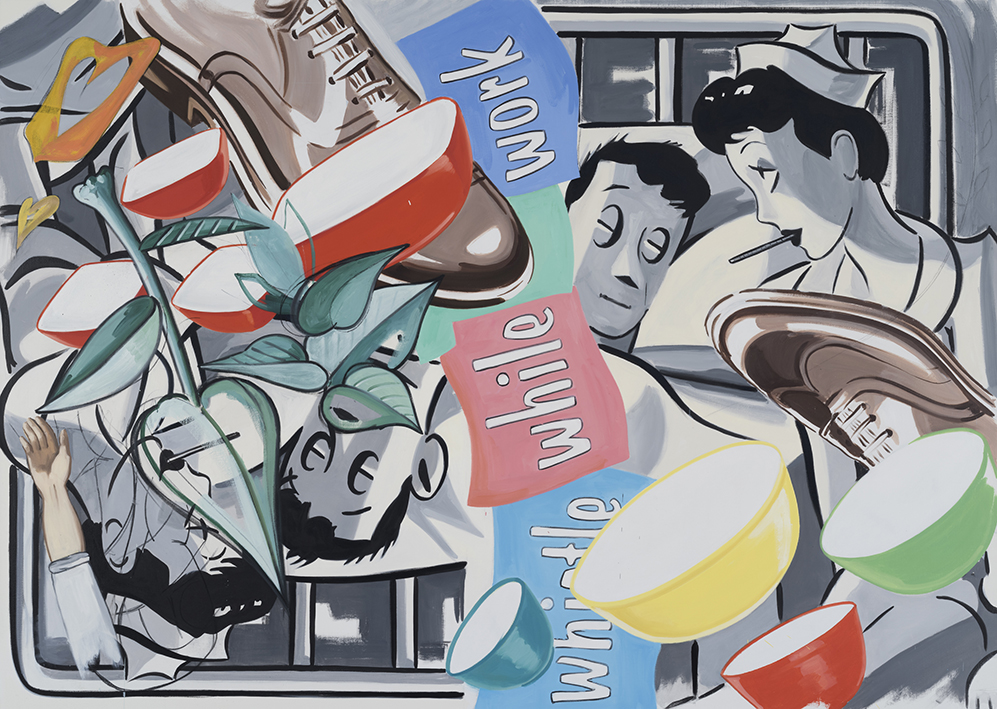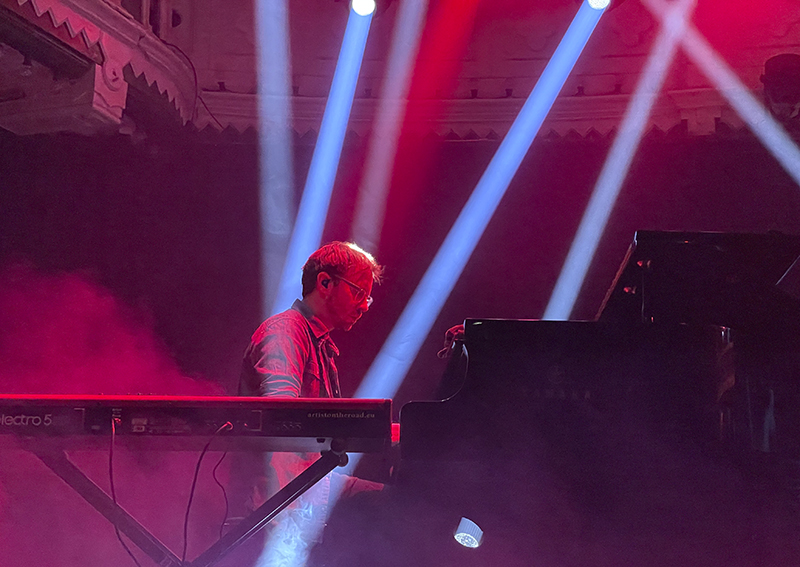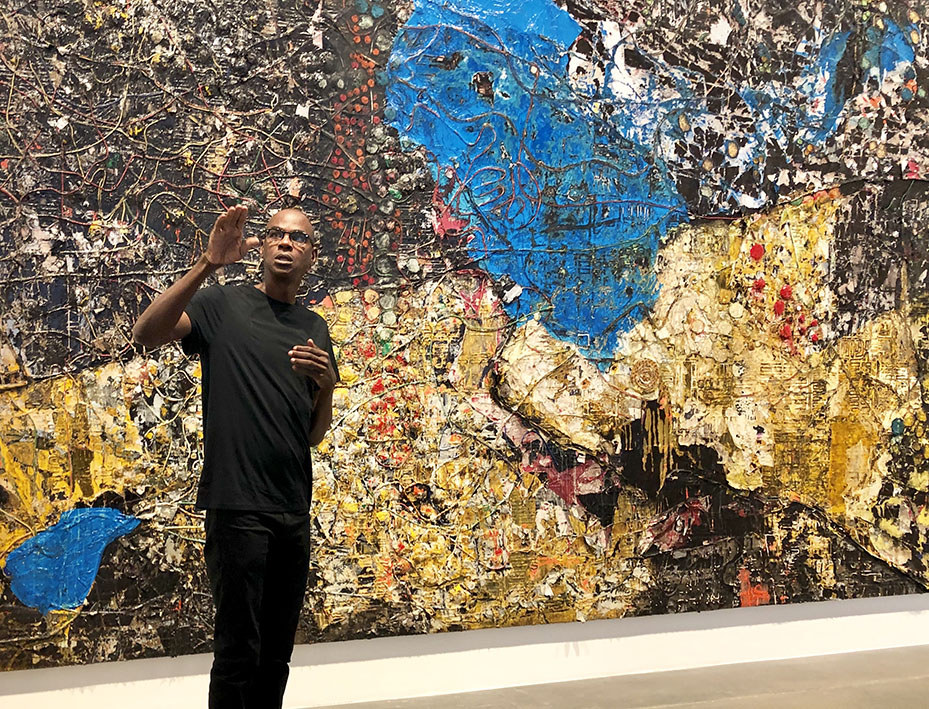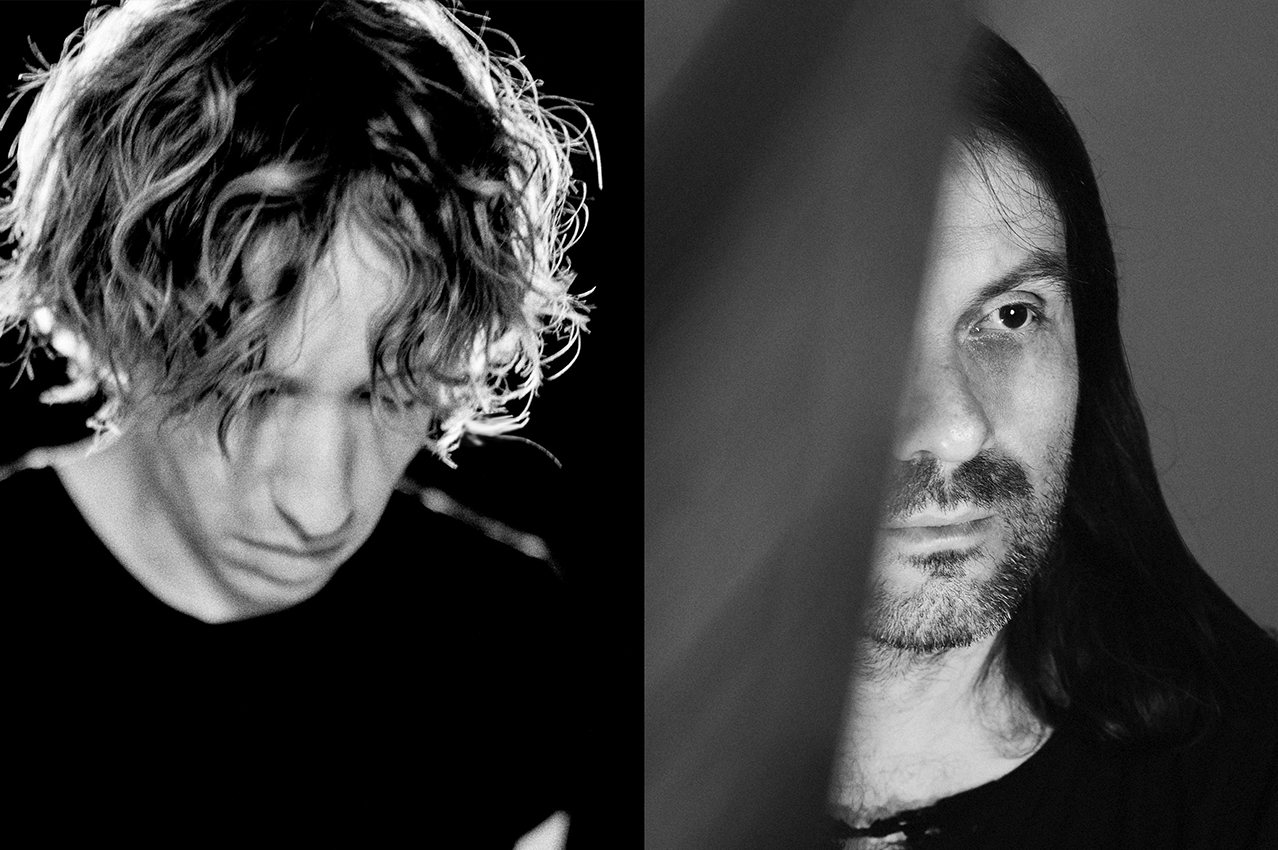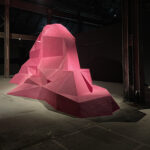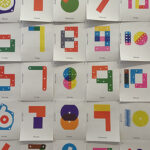 With her costumes, Eiko Ishioka expresses, externally, the character’s inner world.
With her costumes, Eiko Ishioka expresses, externally, the character’s inner world.
For the first issue of 200%, I interviewed Eiko Ishioka in Alicante where she was working on the costume designs for ‘Teresa’, a film based on Teresa de Avila, a Spanish nun who lived in the 16th century and an important religious reformer. The Japanese designer showed me some of Teresa’s dramatic period costumes, which were made from exquisite fabrics with refined embroideries of religious symbols.
For the artwork of the story, her studio provided a variety of mesmerizing images from the projects on which she had worked during her career, including the ‘Vlad the Impaler’ costume from Francis Ford Coppola’s film ‘Dracula’, for which Ishioka won the Academy Award for Best Costume Design in 1992. We also received images of the fascinating ‘muscle suit’ – a red bodysuit that depicted muscles and ligaments – from ‘The Cell’ worn by Jennifer Lopez. Also, there was a range of highly imaginative costumes that Ishioka designed for Richard Wagner’s ‘Der Ring des Nibelungen’, directed by Pierre Audi that was performed by De Nederlandse Opera.
I was so intrigued by the doll-like wooden costumes she had designed for the Gibichungen army that I decided to use that image as the opening spread for Ishioka’s story in 200%. To my delight, the Stedelijk Museum in Amsterdam now exhibits, in a dimly-lit space, these otherworldly, but sinister costumes, providing the opportunity to admire their sheer beauty up close.
Ishioka (who, sadly, passed away in 2012) told me, when I met her in Spain, that she starts her design process with “a meticulous dissection of each of the characters”. Her costumes incorporate visual references from symbolism, mysticism, religious symbols, human and animal anatomy, fairy tale figures, ancient cultures, and art, such as ‘The Kiss’ costume in ‘Dracula’, which is based on Kustav Klimt’s famous painting.
Via her costumes, Ishioka’s talent is to, subtly, reveal hints about the motives and future actions of the characters; the costumes expose the inner worlds of these characters exernally. Like Miles Davis who, through the trumpet, could express his inner soul.
Here’s a selection of costumes that are on display at the Stedelijk Museum until 19 October 2014.
 I. Das Rheingold, Mime
I. Das Rheingold, Mime
Stretch velvet, foam, feather shafts and rubber.
This is the original costume of Mime inspired by the form of a housefly, with wings made from rubber.
In the final performance, Pierre Audi decided not to include the wings as he wanted a more abstract rendition of the fly; removal of the wings, also, gave greater freedom of movement for the actor on stage. The elongated black hairs on the fly’s thorax resemble sharply protruding fish bones.
 I. Das Rheingold, Freia, Fricka
I. Das Rheingold, Freia, Fricka
Cotton
 II. Die Walküre, Wotan
II. Die Walküre, Wotan
Ottoman, silk, viscose, embroidered silk.
Museum visitors are cautioned not to touch the museum displays but the tempatation to touch these costumes is hard to resist. Fortunately, the guards are not as vigilent as they can be in the United Kingdom, so I was able to, gently, touch this beautiful emblem of an ash tree.
Fricka is the goddess of marriage who has to use a cane to walk. The goat heads are symbols of marriage in the Ring mythology.
 III. Siegfried, Wotan
III. Siegfried, Wotan
Kimono: silk, viscose, ottoman; headgear vacuum drawn and covered with the costume’s fabric; veil: Japanese obi silk.
A mysterious costume that has similarities to that of a Greek Orthodox Priest’s attire. The veil is made of the same fabric as that worn by a Koken, the assistant of a Kabuki Theatre actor. The Koken wears a Kurugo, a black hood and costume that conceals his body. The audience can’t see his face, but the wearer has a clear external view.
 IV. Twilight of the Gods, Gibichungen.
IV. Twilight of the Gods, Gibichungen.
Wood, lycra, digital printed, foam, gauze.
These wooden figures are based on mannequins that art students employ to study and practice how to draw human proportions. The heads look like the protective masks worn by fencers. Again, the audience can’t see the character’s face.
The costumes look as though they are made of wood, but this is not so, as it would have been impractical for the actors to wear such costumes in terms of flexibility and weight.
In the richly illustrated book, ‘Eiko on Stage’ (if you can get your hands on it, do no hesitate to purchase it), Ishioka reveals how the final costumes were constructed: “The costumes are made of canvas and thick felt, which were treated with layers of glue to achieve a stiff surface upon which to create the effect of wood. The wood grain was developed through a combination of silk screen and hand painting.”
 IV. Götterdämmerung, Hagen’s spear and costume
IV. Götterdämmerung, Hagen’s spear and costume
This massive costume resembles a souwester or, equally, something that an executioner would wear. For Tarsem Singh’s visually stunning film ‘The Fall’, Ishioka made a more ominous reworking of this costume in which an army of henchmen wore the protection gear reminiscent of an iron smith.
Written by Thierry Somers
‘Eiko on Stage’, Callaway
Henchmen picture of ‘The Fall’ taken by Steven Colover.
The interview with Eiko Ishioka features in 200% #1 and can be purchased at the shop section of this website.

